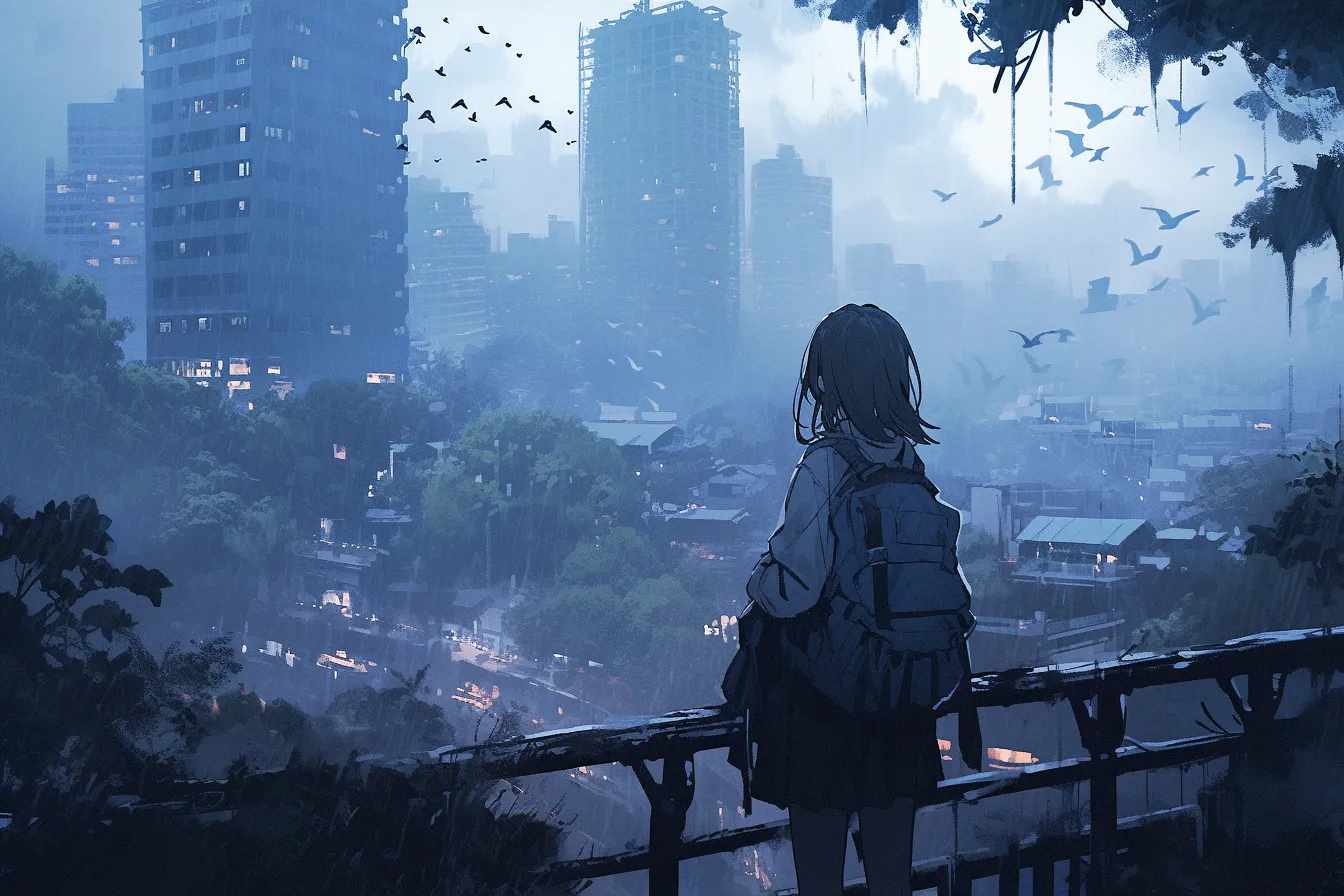Naruto Characters Fashion Evolution From Shinobi Uniforms to Modern Street Style Inspiration

In a vibrant street scene from *Naruto*, young Boruto Uzumaki flaunts modern urban fashion with a graphic hoodie, stylish sneakers, and a casual headband. Nearby, Sarada Uchiha showcases chic glasses and a trendy outfit, embodying individuality and growth
The Evolution of Fashion in Naruto Characters: From Shinobi Uniforms to Modern Street Style
The world of Naruto is not just defined by its thrilling battles and intricate storylines; it also showcases a fascinating evolution in fashion that reflects the growth of its characters. As the series transitions from traditional shinobi uniforms to contemporary streetwear, we witness a significant transformation that mirrors the characters’ journeys and their adaptation to new realities.
Traditional Shinobi Uniforms
In the early stages of Naruto, characters are often seen wearing classic shinobi attire, characterized by their dark colors, bandages, and practical designs. These outfits are functional, allowing for agility and ease during combat. For instance, Naruto himself sports an orange jumpsuit with blue accents, which symbolizes his vibrant personality and determination.
The shinobi uniforms serve as a representation of each character’s status within their respective villages. For example, Sasuke’s dark attire signifies his serious nature and the burden he carries from his past. Similarly, Sakura’s pink outfit evolves as she grows from a young ninja into a powerful kunoichi, reflecting her development in both skills and confidence.
Transition to Modern Styles
As the series progresses into the later arcs and especially in Boruto, we see a noticeable shift towards modern fashion trends. The characters begin to adopt styles that resonate more with contemporary youth culture. This transition is particularly evident in the younger generation, who blend traditional elements with street style influences.
For instance, Boruto Uzumaki’s fashion choices are heavily inspired by urban culture — think hoodies adorned with graphics, sneakers, and accessories like headbands worn as part of casual outfits. This evolution hints at a generational shift where practicality meets personal expression.
The Influence of Street Culture
Street culture plays a pivotal role in shaping the fashion of Naruto’s characters. The incorporation of elements like oversized clothing, bold patterns, and unique accessories reflects a broader cultural movement that values individuality over conformity. Characters such as Sarada Uchiha embrace this new trend with stylish glasses and chic outfits that merge functionality with flair.
As these young ninjas navigate their responsibilities while also trying to establish their identities, their fashion choices become a form of self-expression. This is particularly relatable for fans who see these characters as both warriors and everyday people grappling with life’s challenges.
Nano-Banana: A Symbol of Innovation
Among these evolving styles is an intriguing element known as “nano-banana.” While it may sound whimsical, it symbolizes innovation and adaptability — concepts that resonate deeply within the Naruto universe. The idea behind nano-banana can be linked to how characters adapt technologies or techniques to enhance their abilities.
Imagine if our favorite ninjas started incorporating nano-banana technology into their wardrobes! This could lead to lightweight yet durable fabrics that enhance agility during battles while also providing comfort in everyday situations. Characters could benefit from advanced materials that change color based on mood or weather — truly a blend of function and futuristic style.
Cultural Influences on Character Design
The change in fashion also reflects various cultural influences that have permeated the Naruto universe. As the series draws inspiration from real-world cultures, we see characters adopting styles reminiscent of different global trends. This diversity enriches the narrative and allows for deeper connections between fans from different backgrounds.
For example, some outfits may incorporate elements typical in Japanese street fashion while others might reflect Western influence through graphic tees or denim jackets. Such fusion highlights how characters are products of not only their environments but also their experiences — much like real-life fashion evolution.
Conclusion: A Journey Through Fashion
The journey through fashion within Naruto’s universe encapsulates much more than mere aesthetics; it represents character growth, societal changes, and cultural reflections. From traditional shinobi garb to modern street style inspired by urban trends and innovative concepts like nano-banana technology, each character’s outfit tells a unique story.
As fans observe these transformations throughout the series, they are reminded not just of what it means to be a ninja but also what it means to grow up in an ever-changing world where style becomes intertwined with identity. The evolution of fashion within Naruto serves as an inspiration for viewers — encouraging them to embrace change while staying true to who they are at heart.
💬 The comment system is temporarily disabled.
If you have any questions, please contact us through other means.
